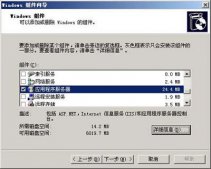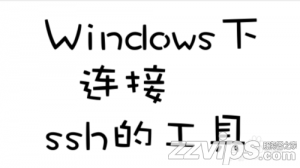在J2SE6引入了ArrayDeque類,它繼承了Deque(雙向隊列)接口,使用此類可以自己實現(xiàn)java.util.Stack類的功能,去掉了java.util.Stack的多線程同步的功能。
例如創(chuàng)建一個存放Integer類型的Stack,只要在類中創(chuàng)建一個ArrayDeque類的變量作為屬性,之后定義的出棧、入棧,觀察棧頂元素的操作就直接操作ArrayDeque的實例變量即可。
|
1
2
3
4
5
6
7
8
9
10
11
12
13
14
15
16
17
18
19
20
21
22
23
24
25
26
27
28
29
30
31
32
33
34
35
36
37
|
import java.util.ArrayDeque; import java.util.Deque; public class IntegerStack { private Deque<Integer> data = new ArrayDeque<Integer>(); public void push(Integer element) { data.addFirst(element); } public Integer pop() { return data.removeFirst(); } public Integer peek() { return data.peekFirst(); } public String toString() { return data.toString(); } public static void main(String[] args) { IntegerStack stack = new IntegerStack(); for (int i = 0; i < 5; i++) { stack.push(i); } System.out.println(stack); System.out.println("After pushing 5 elements: " + stack); int m = stack.pop(); System.out.println("Popped element = " + m); System.out.println("After popping 1 element : " + stack); int n = stack.peek(); System.out.println("Peeked element = " + n); System.out.println("After peeking 1 element : " + stack); } } |
java.util.ArrayDeque的源碼:
|
1
2
3
4
5
6
7
8
9
10
11
12
13
14
15
16
17
18
19
20
21
22
23
24
25
26
27
28
29
30
31
32
33
34
35
36
37
38
39
40
41
42
43
44
45
46
47
48
49
50
|
private transient E[] elements; private transient int head; private transient int tail; /*此處存放e的位置是從elements數(shù)組最后的位置開始存儲的*/ public void addFirst(E e) { if (e == null) throw new NullPointerException(); elements[head = (head - 1) & (elements.length - 1)] = e;//首次數(shù)組容量默認(rèn)為16,head=(0-1)&(16-1)=15 if (head == tail) doubleCapacity(); } /*每次擴(kuò)容都按插入的先后順序重新放入一個新的數(shù)組中,最新插入的放在數(shù)組的第一個位置。*/ private void doubleCapacity() { assert head == tail; int p = head; int n = elements.length; int r = n - p; // number of elements to the right of p int newCapacity = n << 1; if (newCapacity < 0) throw new IllegalStateException("Sorry, deque too big"); Object[] a = new Object[newCapacity]; System.arraycopy(elements, p, a, 0, r); System.arraycopy(elements, 0, a, r, p); elements = (E[])a; head = 0; tail = n; } public E removeFirst() { E x = pollFirst(); if (x == null) throw new NoSuchElementException(); return x; } public E pollFirst() { int h = head; E result = elements[h]; // Element is null if deque empty if (result == null) return null; elements[h] = null; // 重新設(shè)置數(shù)組中的這個位置為null,方便垃圾回收。 head = (h + 1) & (elements.length - 1);//將head的值回退,相當(dāng)于將棧的指針又向下移動一格。例如,12--〉13 return result; } public E peekFirst() { return elements[head]; // elements[head] is null if deque empty } |
以上就是本文的全部內(nèi)容,希望對大家學(xué)習(xí)java程序設(shè)計有所幫助。











